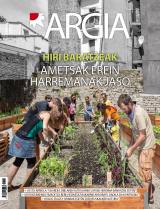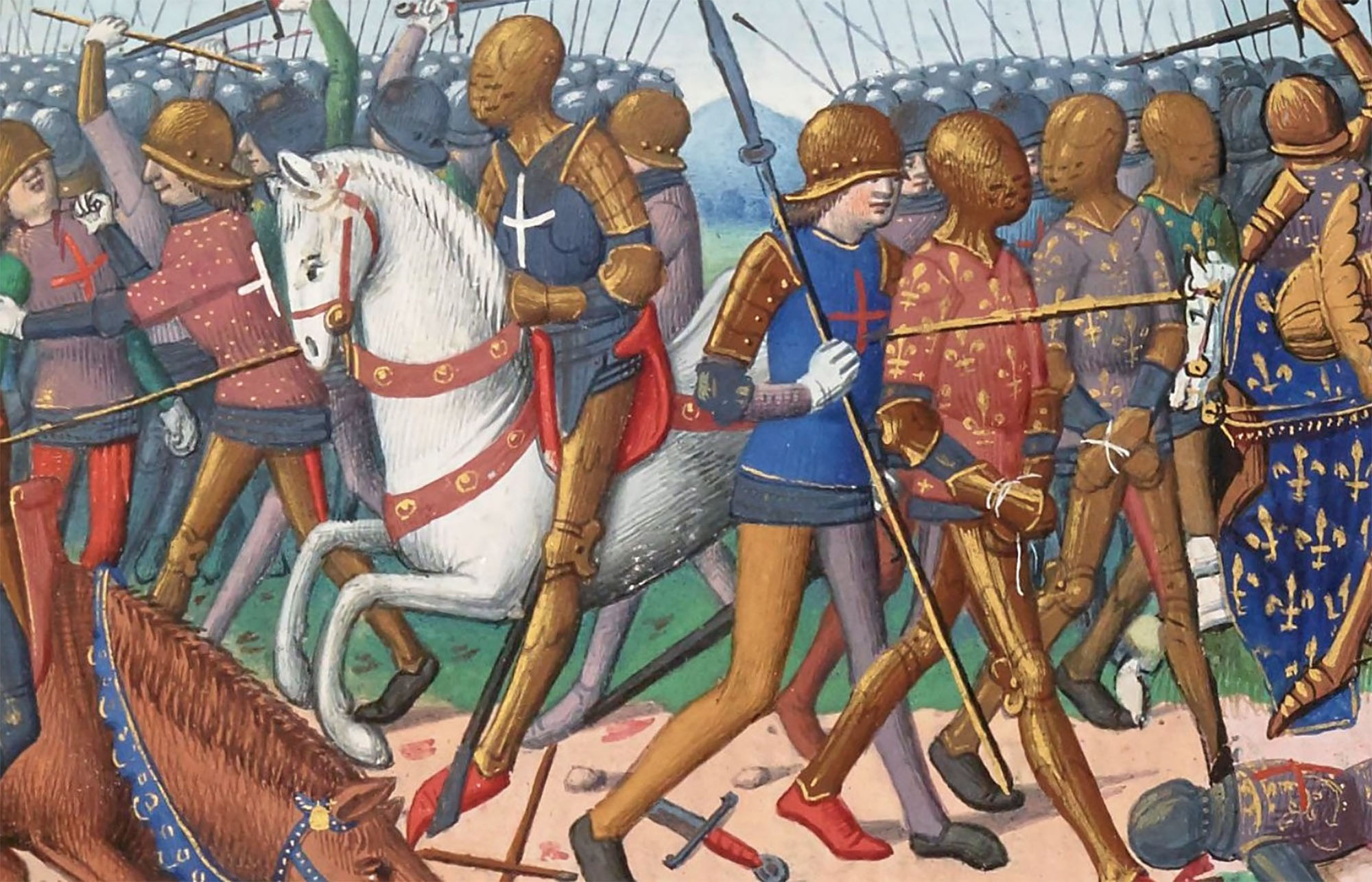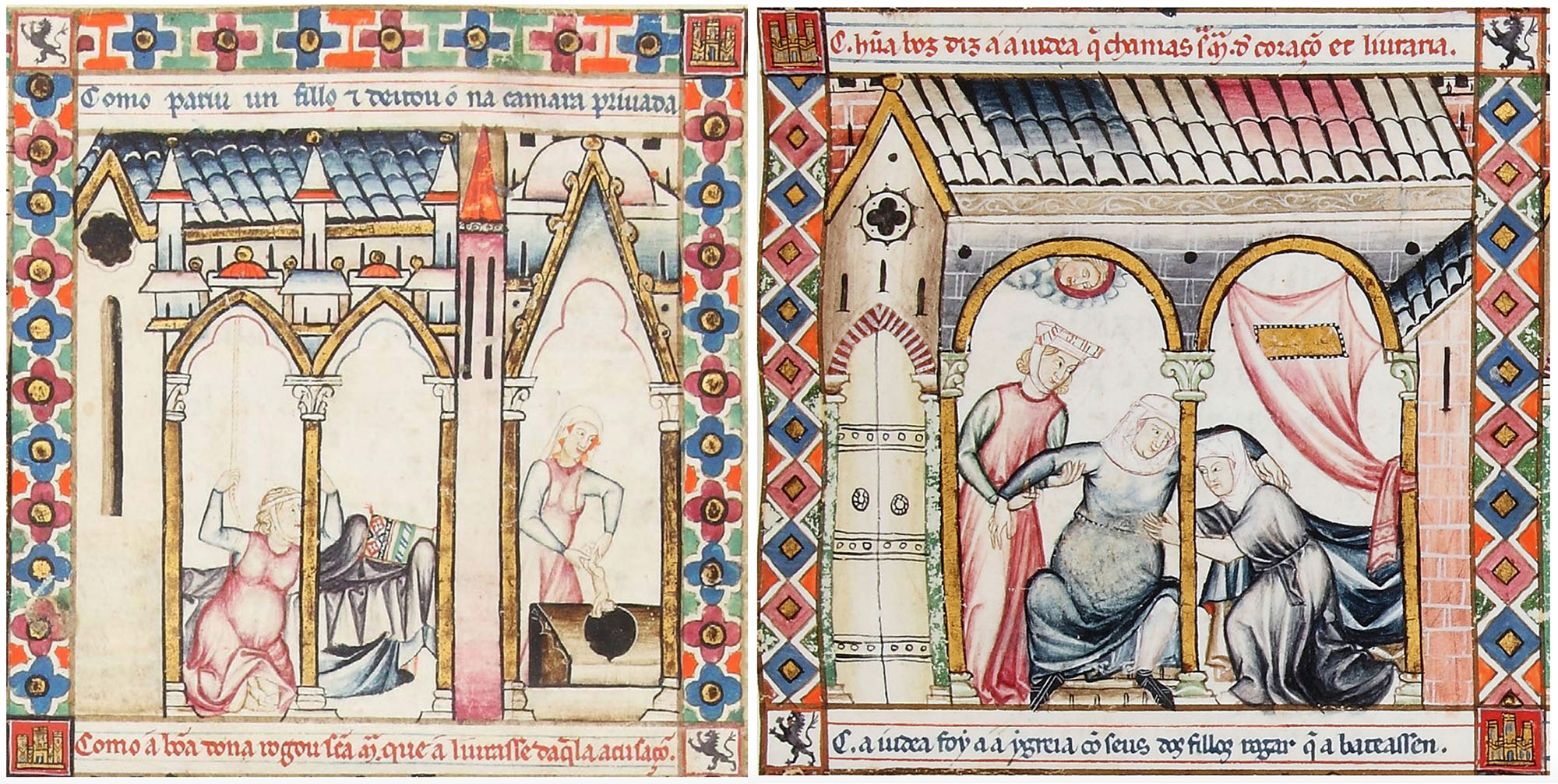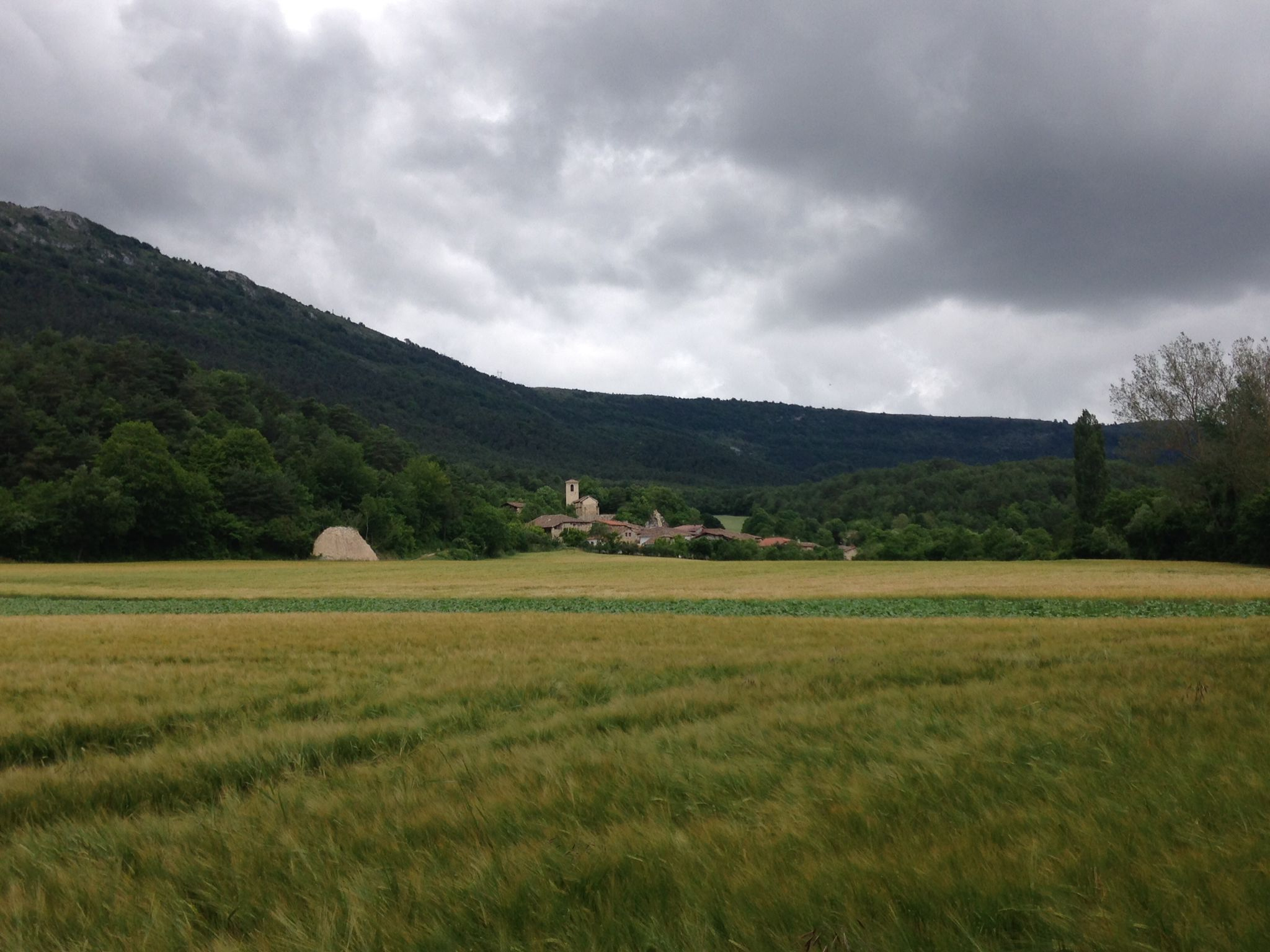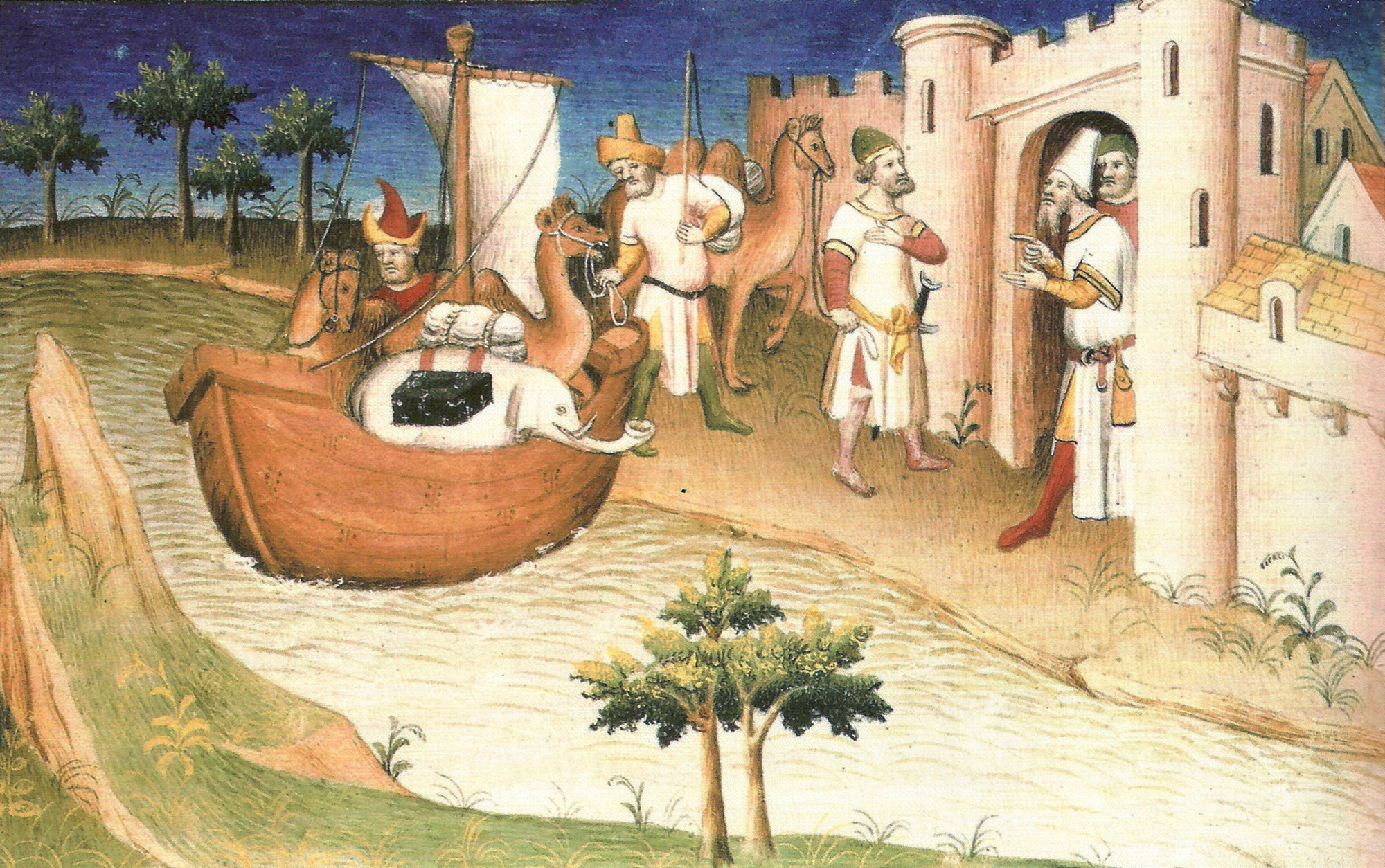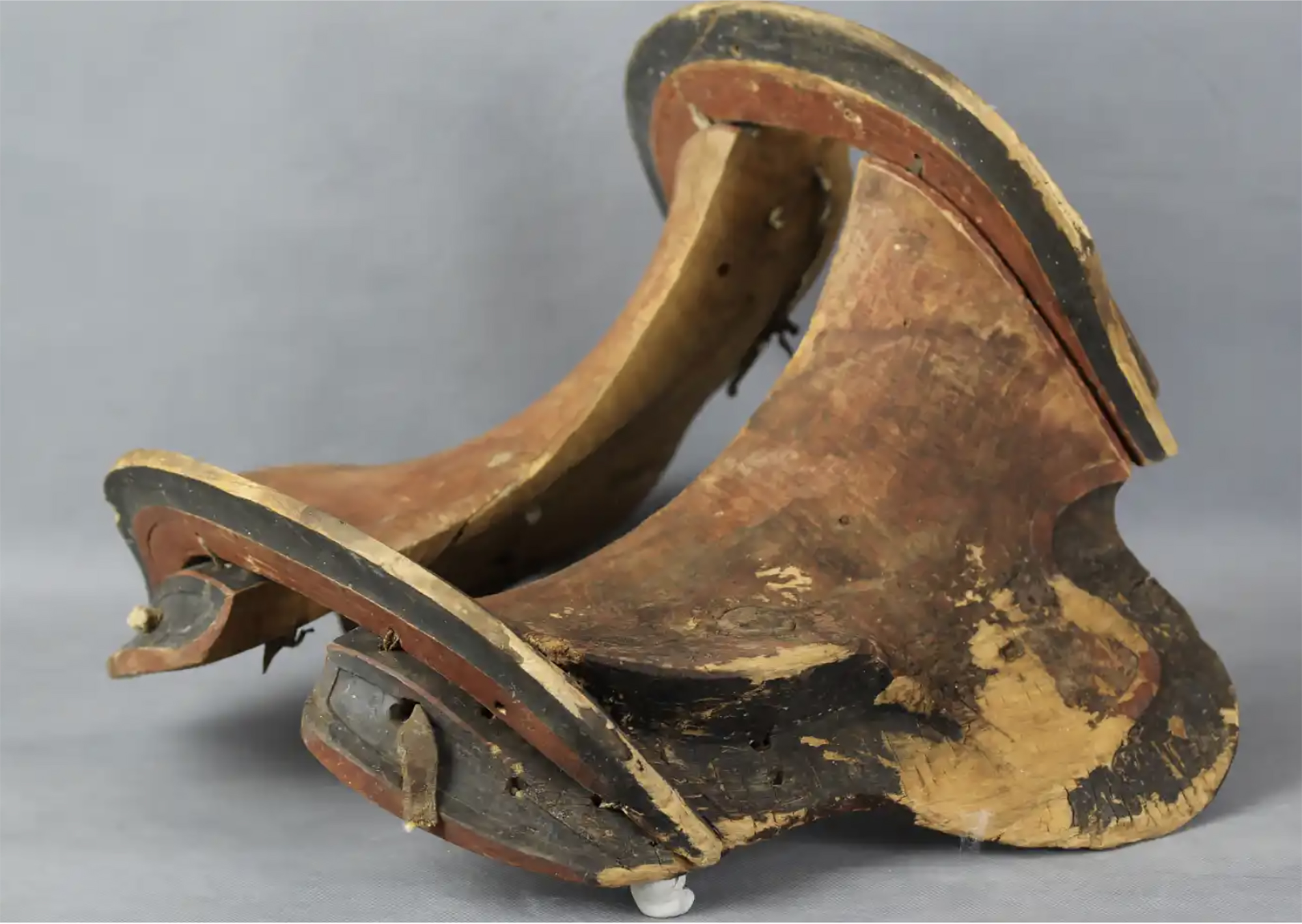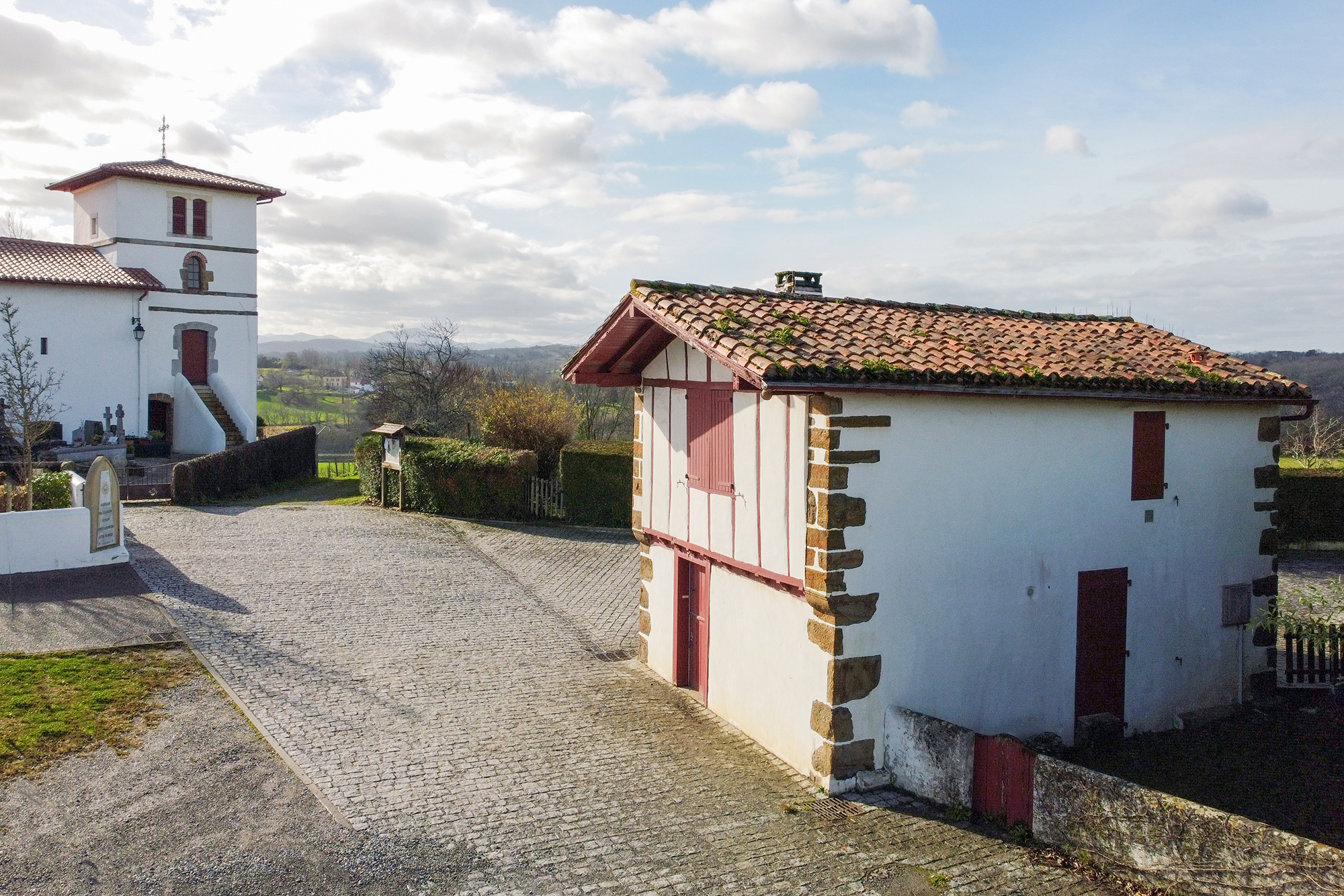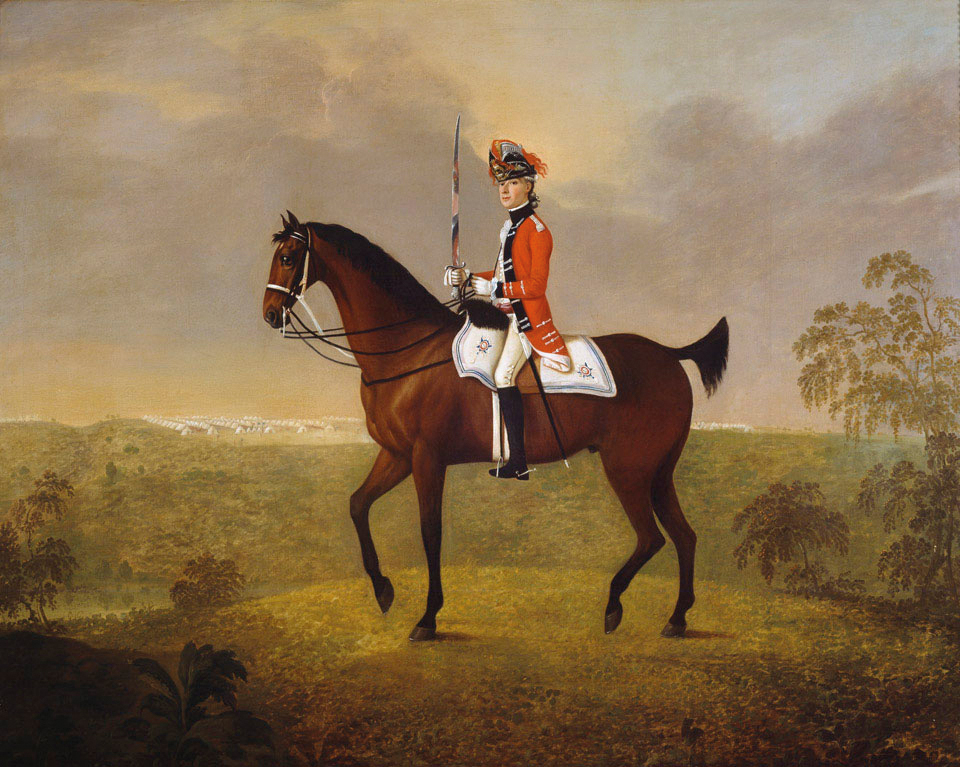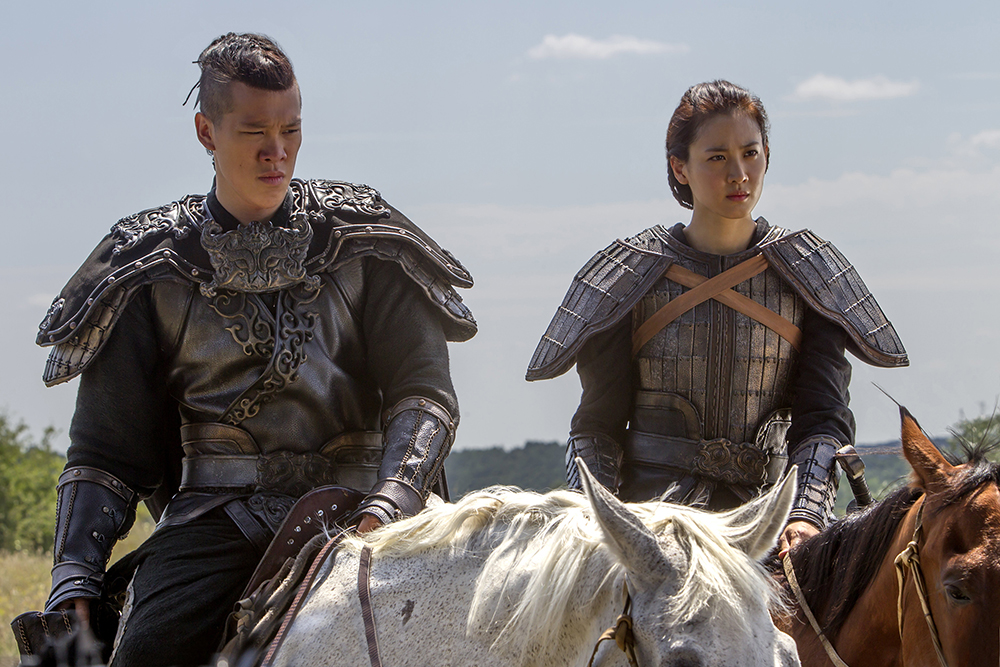Baby boys, shoot!
- Rome 1084. Norman troops by Roberto Guiscard plundered Rome when they went to rescue Pope Gregory VII, prisoner of Emperor Henry IV. Among others, Pope Clemente I (c. 88-97) the church of Saint Clement of Lateran was destroyed.
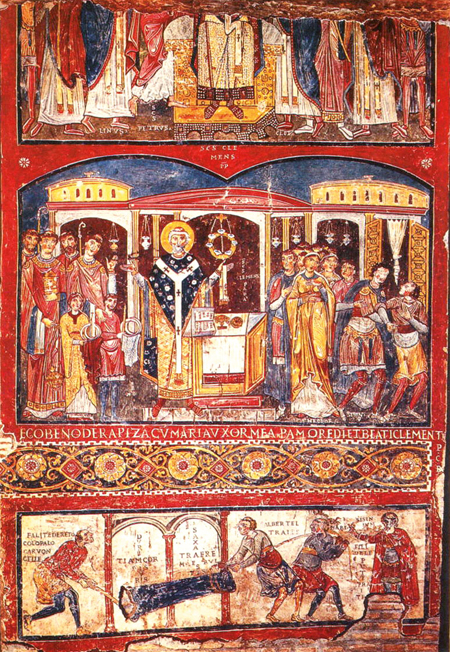
It was soon built – in the 12th century – the basilica that today stands in the same place, and in the middle of the 19th century excavations were carried out for a trip in the time of almost 2,000 years: under the basilica was discovered the first basilica torn down by the Normans, built in the 5th century, when Christianity was the official religion of Rome. But below it was found an imperial structure, a private house of the first century, of the consul and martyr Tito Flavio Clemente (of the same time and name that should not be confused with Pope Clemente I); in the house of Tito Flavio the persecuted Christians met to pray clandestinely.
But one of the most extraordinary things that had been found during the excavations was much more recent, which had been done just before the Normans struck the Basilica. Frescoes of the 11th century. One of these paintings depicts the history of the patricio Sisinio and Clemente I.aren. In the first century they persecuted Christians and became a Christian without saying anything to their husband Teodora, wife of Sisiniso. One day, Sisinio, after following his wife, entered a house where he found Theodora and other Christians praying Clemente I.arekin. He tried to stop the Mass of Sisinio, but, by God's intervention, he was suddenly deaf and blind, according to legend.
Clement took hold of Sisinio and went to his palace to try to heal his patrician. In spite of his hearing and sight being restored thanks to the Christian, Sisinio ordered the servants to stop the Christian. Once again God intervened, and the creatures of Sisiniso, confused, seized a pillar of stone instead of Clement. In addition to illustrating the scene, the work has a text.
In the 11th century, the Romans spoke Proto-Italian, derived from the vulgar Latin and ancestor of current Italian. However, they kept writing in Latin. The explanations of the fresco were also written in Latin, but in the last scene the words of Sisiniso were collected in the language of the citizens, as bunules in the comics. They are the oldest words in the old Italian that have been found to date.
While Carvoncelle, Gosmari and Albertel fight with the column, Sisinio speaks with the first: “Falite dereto colo palo, Carvoncelle” (Push directly with the stick, Carvoncelle). And in the last two he commands the other two: “Fili dele pute, traite” (Putakumeak, throw).
Zamora, late 10th century. On the banks of the Douro River and outside the city walls the church of Santiago de los Caballeros was built. The inside capitals of the church depict varied scenes with sexual content: an orgy, a naked woman holding the penis of a man… in the... [+]
In the fall of 1415 the battle of Agrincourt erupted between England and France, one of the most decisive wars of the Hundred Years War. To this end, when Henry V, king of England and lord of Ireland, decided to send his army to France that summer, the soldiers landed on the... [+]
Toledo, 1272-1280. Alfonso X of Castile gathered 427 monomedical songs dedicated to the Virgin. The Cantigas de Santa Maria constitute one of the most important musical and literary collections of the Middle Ages, but being decorated with the miniature cantiga, these... [+]
The European Middle Ages are generally depicted as a dark era. We relate it to delay, violence, belief and tyranny. Those who lived that time are considered barbaric and ignorant. Its name is also significant, because it is contemptible: as a time of little importance that... [+]
Venice, 24 April 1459. The monk and cartographer Fra Mauro finished the map of his world in his cartography workshop in the monastery of San Michele in Murano. This work was done on behalf of the Portuguese king Alfonso V.aren and, once the map was completed, it was sent to... [+]
Rome, April 1215. IV. In the Council, the Catholic Church prohibited the surgery of priests and monks, among others. Also in previous councils, Reimsen and Tours, they worked on the issue, arguing that only legataries had to deal with saving souls and that they had to avoid the... [+]
Venice, 8 January 1324. The famous traveler and merchant Marco Polo died at the age of 70. About to die, the people gathered in the area asked him to recognize that what was told in the book Description of the World was a fiction, but the last words of the traveler were: “I... [+]
Até agora considerouse que os estribos e celos fundamentais para o uso dos cabalos inventáronse en China cara aos séculos V ou VIN. Pero na cova de Urd Ulaan Unet, en Mongolia, atópase máis antigo, do século IV. O bidueiro da zona está feito de madeira, polo que non é... [+]









